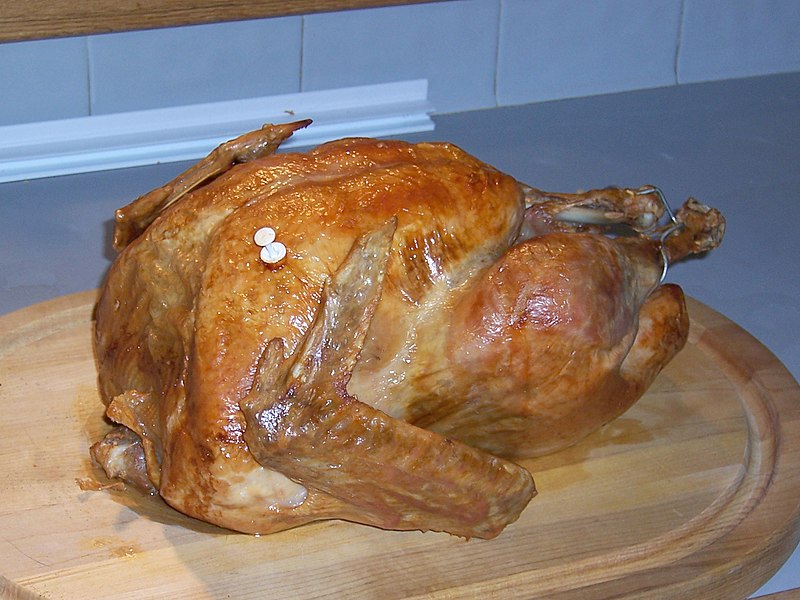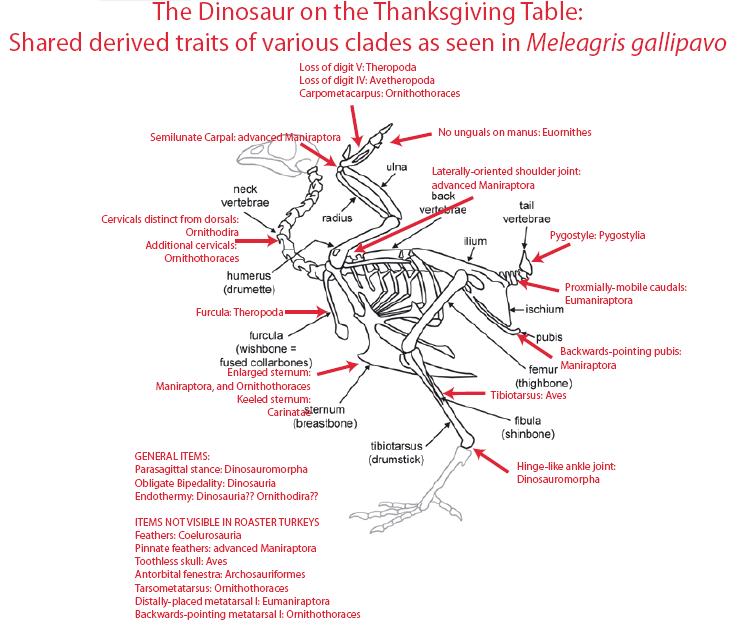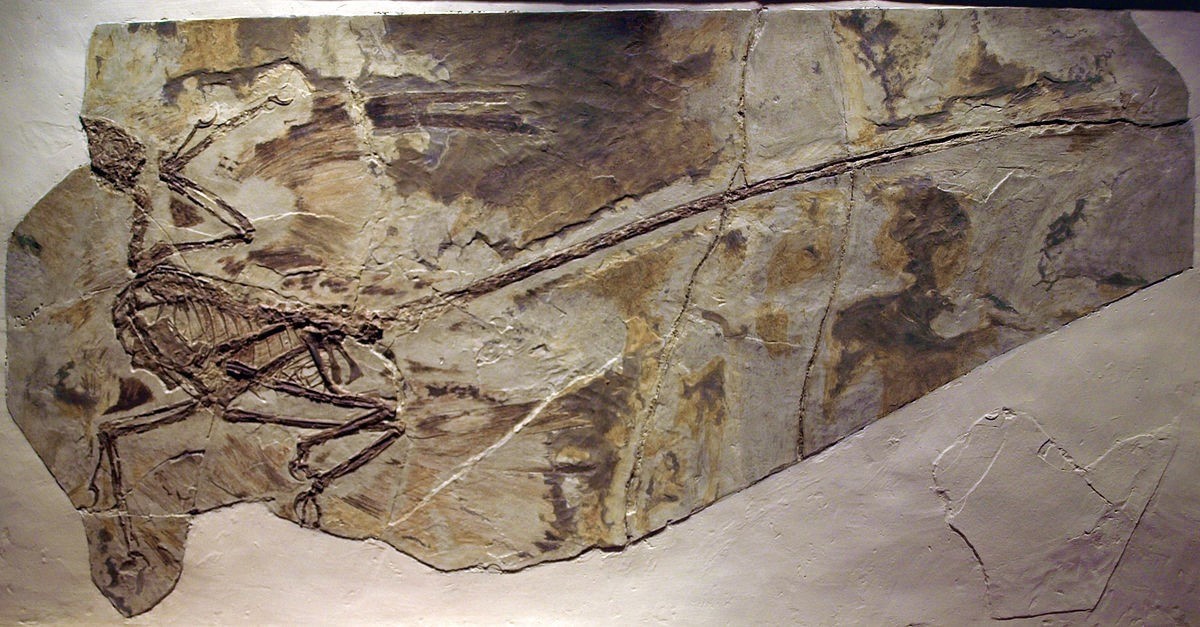Over at Tetrapod Zoology, Darren Naish has a great exposition on the question above (as well as a recommendation/review of a book that any bird-nerd should have on their shelf) which I encourage you to go read at least once. The title of Darren's post (and his book recommendation) is Gary Kaiser's The Inner Bird: Anatomy and Evolution.
I find that most people who aren't biologists or bird-nerds are unaware of the idea that birds evolved from dinosaurs. While most of my ornithologist friends accept the idea, I'm not sure how many really understand the evidence behind the claim (in their defense - it's well outside of their areas of expertise, so this is hardly a criticism). That said, this book (and even Darren's post) could help clear up some of that evidence.
Here's a little of what Darren writes on the origin of birds...
Kaiser is convinced by the evidence for the dinosaurian origin of birds, and long sections of the book are devoted to discussing the similarities and differences seen between birds and their non-avian relatives*. The notion that birds cannot be dinosaurs is heavily promoted in the ornithological literature - most notably in Alan Feduccia's The Origin and Evolution of Birds (Feduccia 1996). Because Feduccia's book is one of the most visible of volumes on bird evolution, audiences can be forgiven for thinking that ornithologists as a whole reject the hypothesis of a dinosaurian ancestry for birds. This is absolutely not true, and those interested should take every opportunity to note that all of Feduccia (et al.'s) criticisms are invalid or erroneous (e.g., that non-avian theropods are too big to be ancestral to birds, that they occur too late in the fossil record, that their anatomy bars them from avian ancestry, and that other Mesozoic reptiles make better potential bird ancestors). It is also worth noting that many of Feduccia's proposals about the phylogeny of neornithines are idiosyncratic and that his volume does not accurately represent current thinking on avian evolutionary history. The Inner Bird helps provide part of the antidote, bringing home the point that the dinosaurian origin of birds is well supported and robust, and adopted by many ornithologists interested in palaeontology.You can read the rest of the article here.






 Click to enlarge fossil image.
Click to enlarge fossil image.



